Wild animals that have acquired adaptions to maximize their reproductive output in some of the world’s most extreme conditions may provide answers to some of the most pressing problems in the field of human reproductive health. A newly published article by Michelle Shero, assistant scientist at the Woods Hole Oceanographic Institution’s (WHOI) Biology Department, examines how the study of seals in particular can benefit human health, and it integrates various…
Read MoreNews
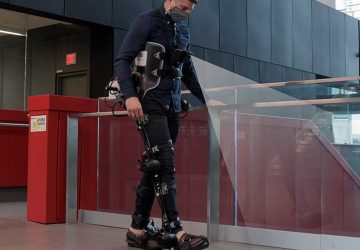 Robotic Exoskeletons Could One Day Walk By Themselves
Robotic Exoskeletons Could One Day Walk By Themselves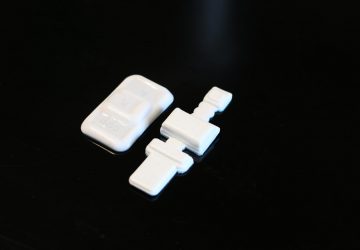 Sticker-Like Medical Device Offers Continuous Monitoring for COVID-19
Sticker-Like Medical Device Offers Continuous Monitoring for COVID-19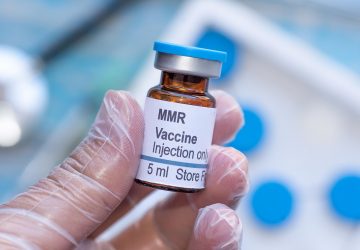 Live attenuated vaccines may prevent lung inflammation and sepsis associated with COVID-19
Live attenuated vaccines may prevent lung inflammation and sepsis associated with COVID-19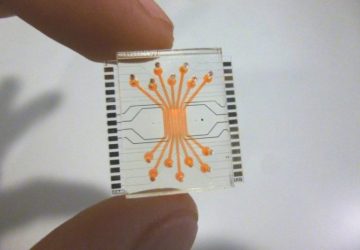 Exclusive Q&A: Neuralink’s Quest to Beat the Speed of Type
Exclusive Q&A: Neuralink’s Quest to Beat the Speed of Type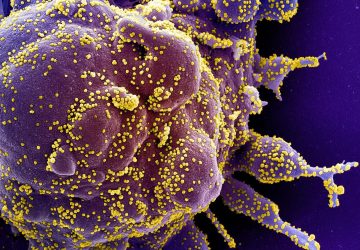 “Primed” for Infection: Cells Damaged by Chronic Lung Disease Can Result in Severe COVID
“Primed” for Infection: Cells Damaged by Chronic Lung Disease Can Result in Severe COVID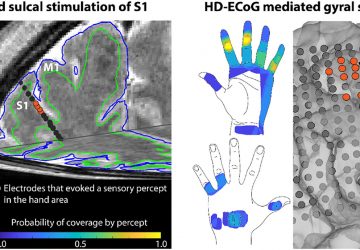 Researchers evoke sense of touch through brain implant electrodes
Researchers evoke sense of touch through brain implant electrodes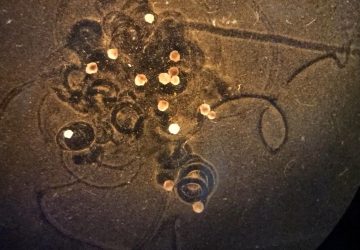 Xenobots 2.0: Scientists Create the Next Generation of Living Robots
Xenobots 2.0: Scientists Create the Next Generation of Living Robots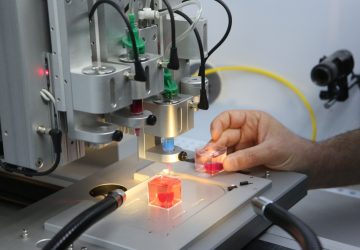
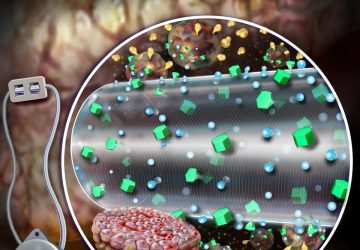 Building a Better Bioartificial Pancreas for More Effective Treatment for People With Type 1 Diabetes
Building a Better Bioartificial Pancreas for More Effective Treatment for People With Type 1 Diabetes New “Cyborg” Technology Could Enable Merger of Humans and AI
New “Cyborg” Technology Could Enable Merger of Humans and AI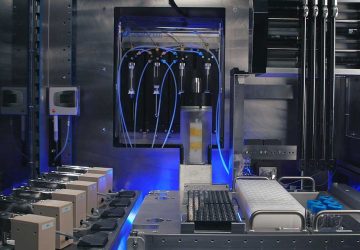 Robotics, AI, and Cloud Computing Combine to Supercharge Chemical and Drug Synthesis
Robotics, AI, and Cloud Computing Combine to Supercharge Chemical and Drug Synthesis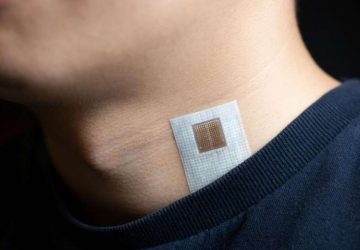 Soft skin patch could provide early warning for strokes, heart attacks
Soft skin patch could provide early warning for strokes, heart attacks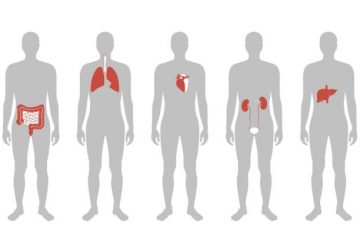 Scientists Use Lipid Nanoparticles to Precisely Target Gene Editing to the Liver
Scientists Use Lipid Nanoparticles to Precisely Target Gene Editing to the Liver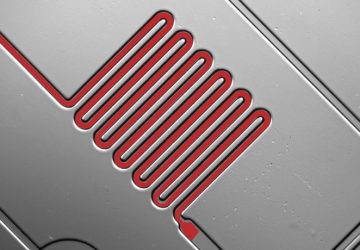 Tiny Devices to Heal Wounds Faster and Diagnose Disease Instantly
Tiny Devices to Heal Wounds Faster and Diagnose Disease Instantly
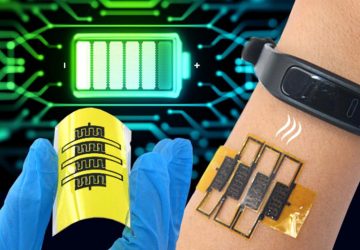 Stretchable Micro-Supercapacitors That Can Harvest Energy From Human Breathing and Motion
Stretchable Micro-Supercapacitors That Can Harvest Energy From Human Breathing and Motion
 CRISPR meets Pac-Man: New DNA cut-and-paste tool enables bigger gene edits
CRISPR meets Pac-Man: New DNA cut-and-paste tool enables bigger gene edits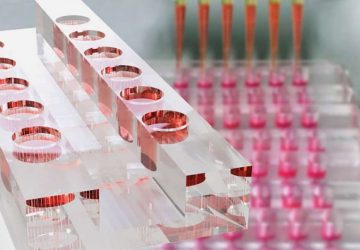 New biochip technology for pharma research
New biochip technology for pharma research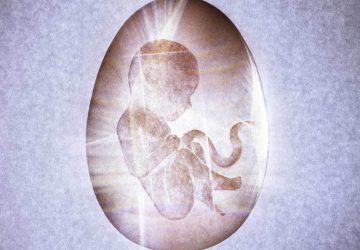 The Ultimate Incubator: The Brave New World of Bionic Babies
The Ultimate Incubator: The Brave New World of Bionic Babies New Sensor Detects COVID-19 and Variants on People’s Breath – Even When They Are Asymptomatic
New Sensor Detects COVID-19 and Variants on People’s Breath – Even When They Are Asymptomatic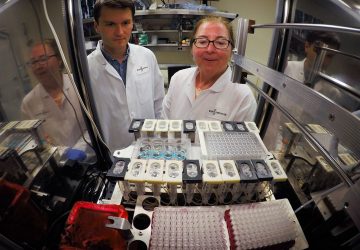 The Interrogator system links ten organs-on-chips to predict how a human body metabolizes drugs
The Interrogator system links ten organs-on-chips to predict how a human body metabolizes drugs Sweat sensor could alert doctors, patients to looming COVID cytokine storm
Sweat sensor could alert doctors, patients to looming COVID cytokine storm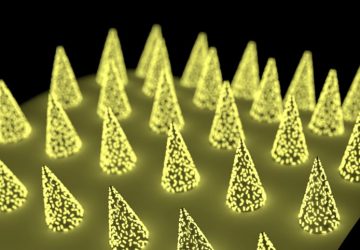 No More Needles for Diagnostic Tests? Engineers Develop Nearly Pain-Free Microneedle Patch
No More Needles for Diagnostic Tests? Engineers Develop Nearly Pain-Free Microneedle Patch
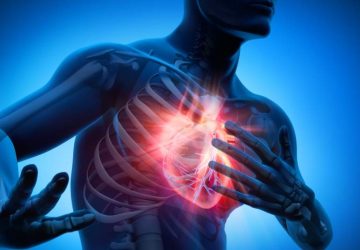 Pitt team receives NIH award to optimize tissue-engineered vascular graft design
Pitt team receives NIH award to optimize tissue-engineered vascular graft design “Mini” CRISPR Genetic Editing System Engineered – Easier To Deliver Into Human Cells for Gene Therapy
“Mini” CRISPR Genetic Editing System Engineered – Easier To Deliver Into Human Cells for Gene Therapy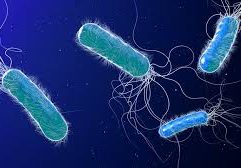
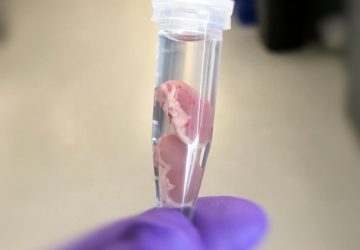 Innovative Coating for Blood Vessels Substantially Reduces Rejection of Transplanted Organs
Innovative Coating for Blood Vessels Substantially Reduces Rejection of Transplanted Organs
 Studying How Seals Adapt to Extreme Environments Could Lead to Benefits in Human Reproductive Health
Studying How Seals Adapt to Extreme Environments Could Lead to Benefits in Human Reproductive Health New Magnetic Spray Transforms Objects Into Insect-Scale Robots for Biomedical Applications
New Magnetic Spray Transforms Objects Into Insect-Scale Robots for Biomedical Applications COVID-19 Coronavirus Breathalyzer Test Developed
COVID-19 Coronavirus Breathalyzer Test Developed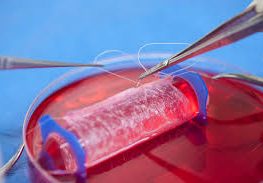 New shape-changing 4D materials hold promise for morphodynamic tissue engineering
New shape-changing 4D materials hold promise for morphodynamic tissue engineering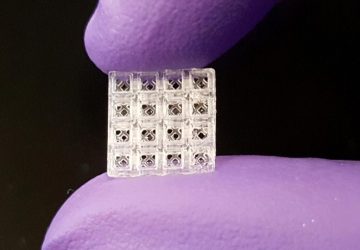 LEGO-Inspired 3D-Printed Bricks Help Broken Bones Heal Faster
LEGO-Inspired 3D-Printed Bricks Help Broken Bones Heal Faster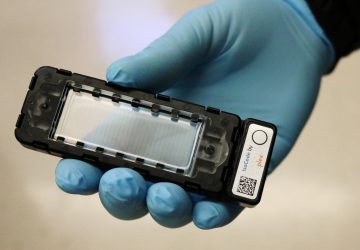
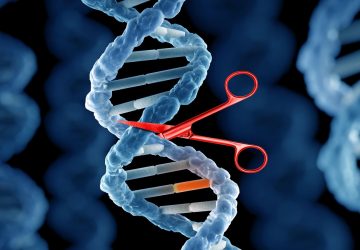

 Advanced Computer Model Enables Improvements to “Bionic Eye” Technology
Advanced Computer Model Enables Improvements to “Bionic Eye” Technology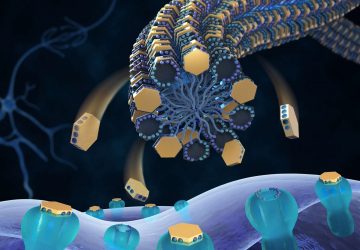 Bio-Inspired Slow-Release System: Mimicking Nature To Provide Long-Lasting Local Anesthesia
Bio-Inspired Slow-Release System: Mimicking Nature To Provide Long-Lasting Local Anesthesia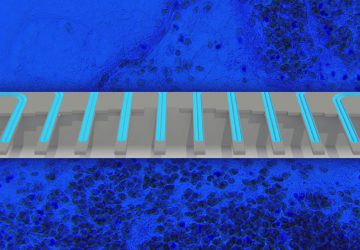 Weighing Cancer Cells To Personalize Drug Choices and Help With Treatment Decision-Making
Weighing Cancer Cells To Personalize Drug Choices and Help With Treatment Decision-Making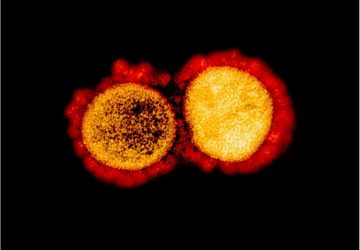 Membrane nanoparticles acts as a bait to trap SARS-CoV-2
Membrane nanoparticles acts as a bait to trap SARS-CoV-2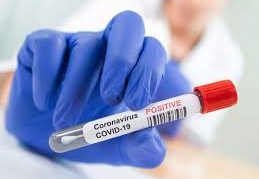 Detecting COVID-19 in Less Than 5 Minutes With a Paper-Based Electrochemical Sensor
Detecting COVID-19 in Less Than 5 Minutes With a Paper-Based Electrochemical Sensor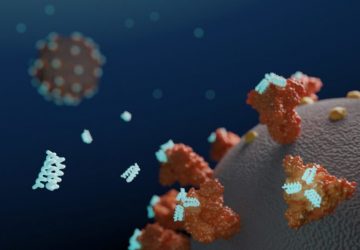 Lab Tests Show Minibinder Proteins Are as Effective as Antibodies at Blocking SARS-CoV-2
Lab Tests Show Minibinder Proteins Are as Effective as Antibodies at Blocking SARS-CoV-2 Genetic Engineering 2.0: An On-Off Switch for Gene Editing
Genetic Engineering 2.0: An On-Off Switch for Gene Editing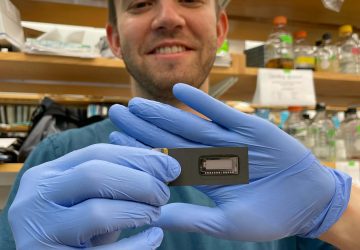 New DNA Technology Based on CRISPR Could Revolutionize Medical Diagnostics
New DNA Technology Based on CRISPR Could Revolutionize Medical Diagnostics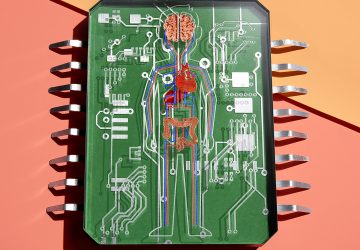
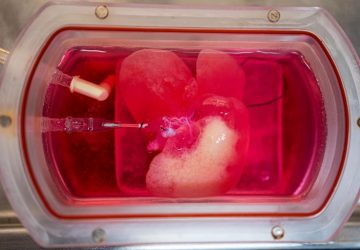 Mini Human Livers Grown in Lab Successfully Transplanted Into Rats
Mini Human Livers Grown in Lab Successfully Transplanted Into Rats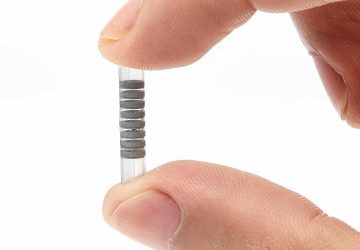 Electronic Blood Vessels to the Rescue
Electronic Blood Vessels to the Rescue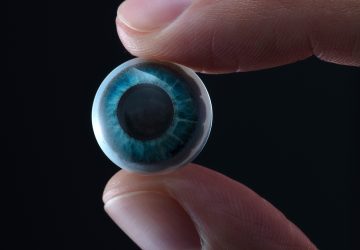 Mojo Vision Details Low-Power Chips for Augmented Reality Contact Lenses
Mojo Vision Details Low-Power Chips for Augmented Reality Contact Lenses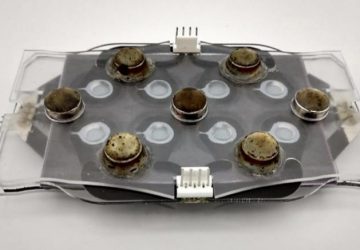 New Device Offers Faster Way to Detect Antibiotic-Resistant Bacteria
New Device Offers Faster Way to Detect Antibiotic-Resistant Bacteria AI with swarm intelligence learns to detect cancer, lung diseases and COVID-19
AI with swarm intelligence learns to detect cancer, lung diseases and COVID-19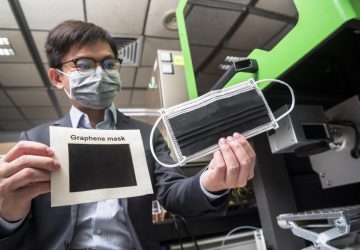 New Graphene Face Masks Offer Very High Anti-bacterial Efficiency, Deactivation of Coronaviruses
New Graphene Face Masks Offer Very High Anti-bacterial Efficiency, Deactivation of Coronaviruses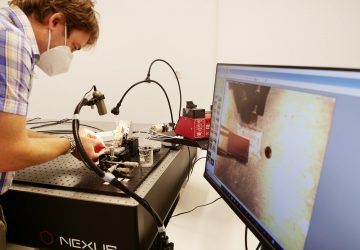 Early Detection of SARS-CoV-2 (COVID-19 Virus) With New Photonic Sensor System
Early Detection of SARS-CoV-2 (COVID-19 Virus) With New Photonic Sensor System
Pages
- About US
- Challenges of Tuberculosis in Iran
- International Congress on Biomedical and Biotechnology
- Log In
- Log out
- Lost Password
- Nanoparticles for 3-D printing in water open door to advanced biomedical materials
- Popular Articles
- Register
- Reset Password
- Your Profile
- Who we are ?
- Mission
- Where we work
- Leadership
- Advisory board
- Scientific board
- Biomedical and Biotechnology Research Journal
Statistics
- 755
- 111
- 1,464
- 309
- 1,009,860
- 214,189
Your IP : 216.73.216.154
